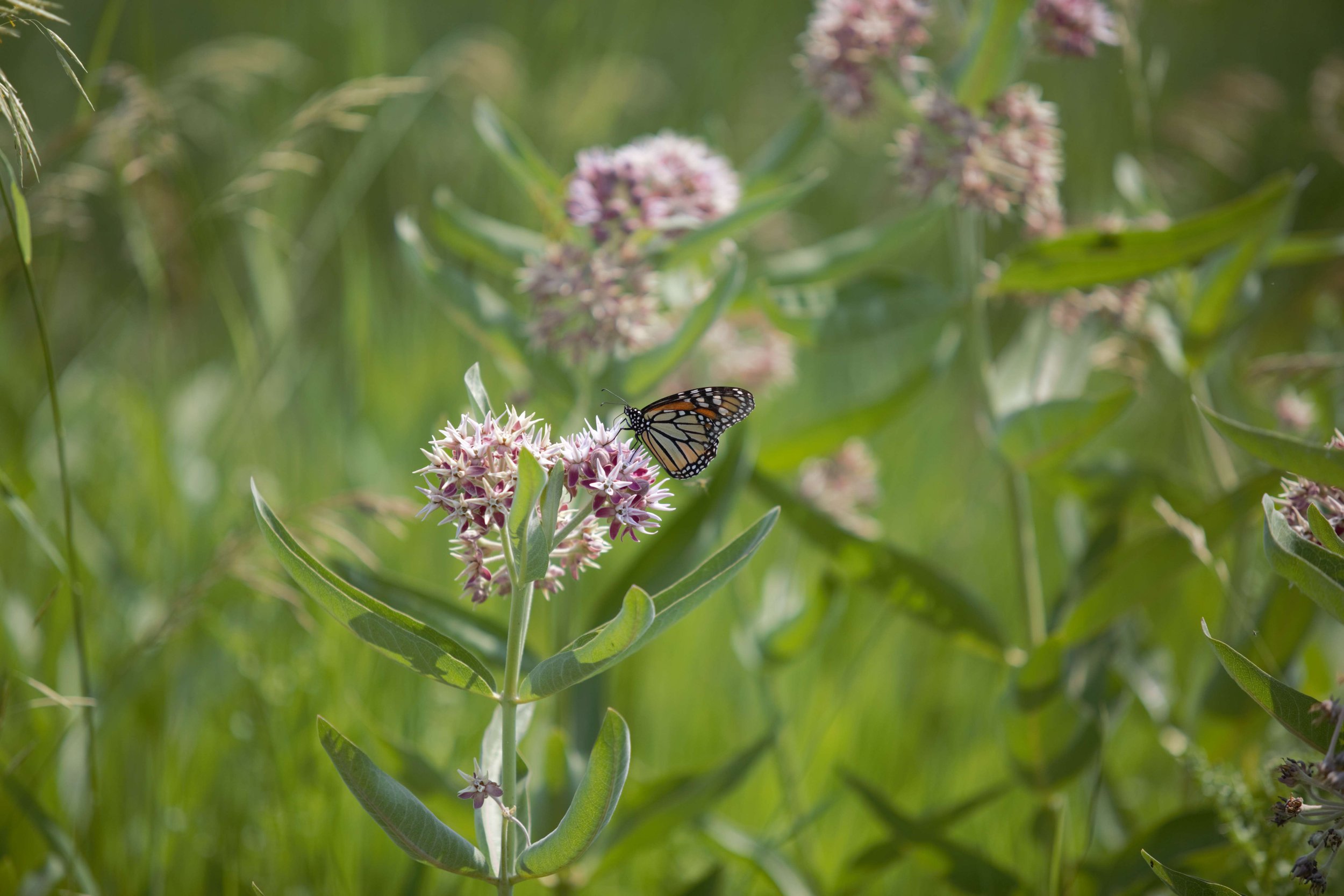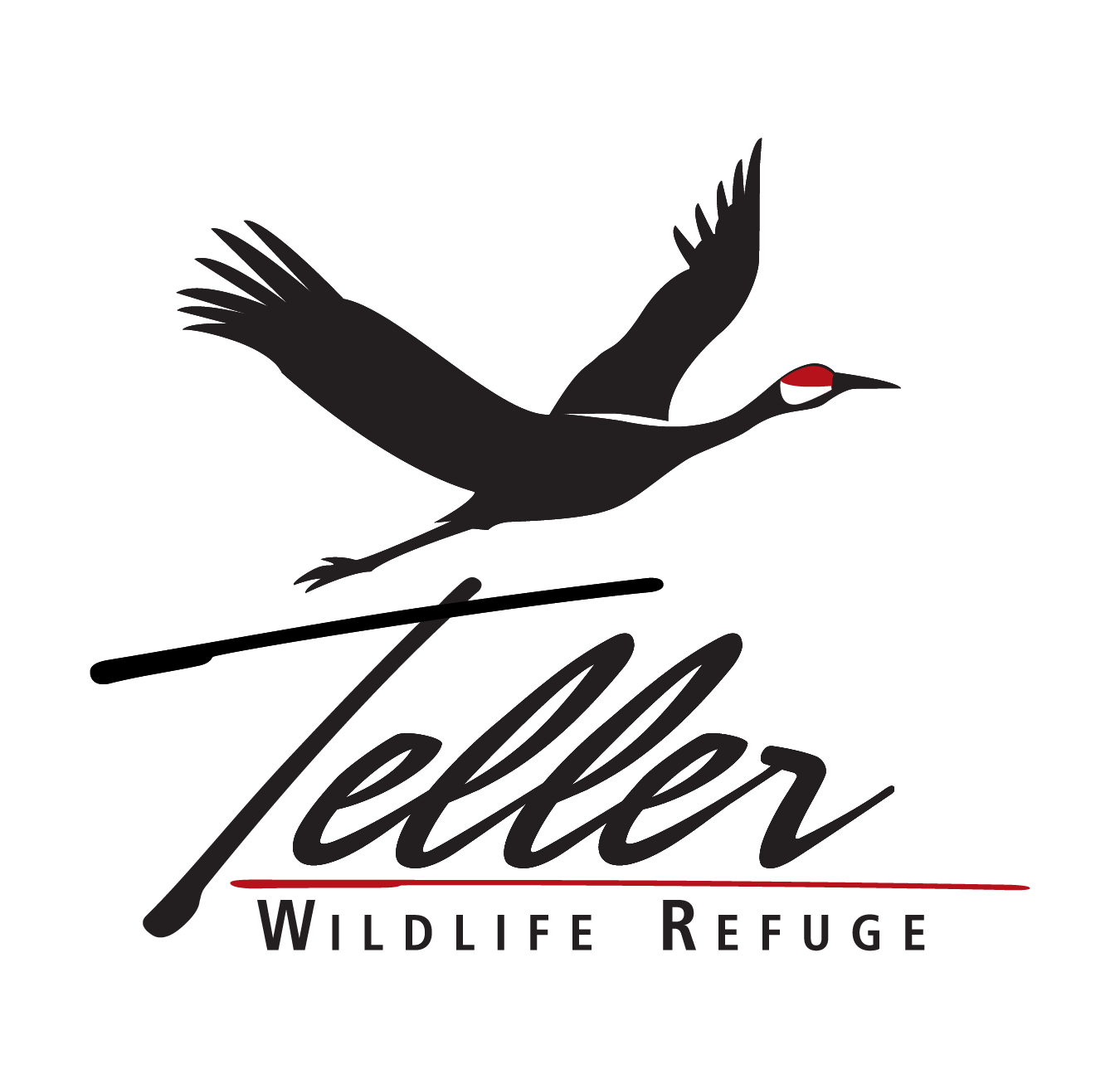
About
These lessons are aimed at K-8th grade levels although they make a great and fun refresher for all ages! They focus on aspects that make the Bitterroot River valley and riparian corridor what it is and also how we can conserve this beautiful place Teller Wildlife Refuge is lucky to call home! After going through and learning about the river riparian corridor that makes the Bitterroot Valley and Teller Wildlife Refuge so unique, we encourage you to go explore it yourself and put your new knowledge to use!
Each lesson consists of a main broad focus question, a description of the topic, vocabulary terms, more narrow focus questions, the lesson content which is made up of fun short videos, a couple activities or art projects, and then ends with field journal questions. The videos are labelled for the specific grade levels they are most relevant to although students can watch all of them! We recommend that students have a field journal notebook to answer the questions as they go through the lesson and write down any thoughts or questions they might think of!
User Guide
Kindergarten – 2nd Grade:
The best way to use this lesson guide for this age group is to have a teacher or guardian go through the lesson content, vocabulary, and videos with the kids. Instead of answering the questions in a field notebook, talk through them together and answer questions the kids may have and, in the notebook, let the kids draw what they are learning about! You can end the lesson with the fun activities listed at the end of every lesson! You can also plan a field trip at Teller Wildlife Refuge or somewhere in nature where the kids can put their new knowledge to use after they’ve gone through the lessons!
3rd – 5th Grade:
The best way to use this lesson guide for this age group is to go through the lesson content and vocabulary as a class and then have the students watch the relevant videos and answer the questions in their field notebooks as well as write down questions they might have. You could also have them draw pictures about what they are learning as well. After this, have the students get in small groups and discuss with each other what they wrote down for each question and ask each other any questions they thought of or do this as one big group again. End with the fun activities at the end of each lesson! You can also plan a field trip at Teller Wildlife Refuge or somewhere in nature where the kids can put their new knowledge to use after they’ve gone through the lessons!
6th-8th Grade:
The best way to use this lesson guide for this age group is to have the kids read through the lesson content and vocabulary on their own or in small groups, then watch the relevant videos together. Have the students answer the questions in their field journals and write down any questions they have then discuss their answers in small groups or as a whole class. Some of the activities at the end of each lesson are geared towards younger kids so instead, plan a field trip at Teller Wildlife Refuge or somewhere in nature where the kids can put their new knowledge to use after they’ve gone through the lessons!
The Lessons
River Riparian Corridor
In this lesson, you will learn about riparian areas, what they are made up of, and ways you can protect them. You will also get to define some very important terms, create a field journal, and then participate in a fun activity!
Pollinators and Insects
In this lesson, you will learn about pollinators, what they do, and ways you can protect them. You will also get to define some very important terms, create a field journal, and then participate in a fun activity!
Plants
In this lesson, you will learn about plants, what they do in the ecosystem, native and invasive plants in this area, and why they are important. You will also get to define some very important terms, create a field journal, and then participate in a fun activity!
Mammals
In this lesson, you will learn about mammals, what they do in the ecosystem, native and non-native mammals in this area, and why they are important. You will also get to define some very important terms, create a field journal, and then participate in a fun activity!
Birds
In this lesson, you will learn about birds, what they do in the ecosystem, what birds are in this area, and why they are important. You will also get to define some very important terms, create a field journal, and then participate in a fun activity!
Amphibians and Reptiles
In this lesson, you will learn about reptiles and amphibians, what they do in the ecosystem, which ones you can find in this area, and why they are important. You will also get to define some very important terms, create a field journal, and then participate in a fun activity!
Conservation
In this lesson, you will learn about conservation, natural resources, different conservation strategies, and why they are important. You will also get to define some very important terms, create a field journal, and then participate in a fun activity!
Protecting Our Backyards
In this lesson, you will learn about how wildlife relies on the ecosystems and habitats around them to survive. A lot of these habitats are shared with humans, often right in our own backyards. You will learn about what we can do to protect our backyards and keep them healthy for people and wildlife alike! You will also get to define some very important terms, create a field journal, and then participate in a fun activity!







